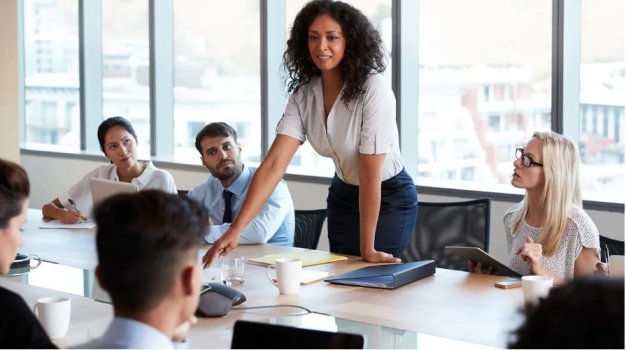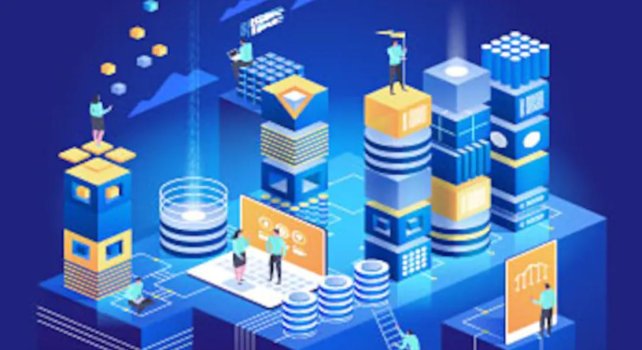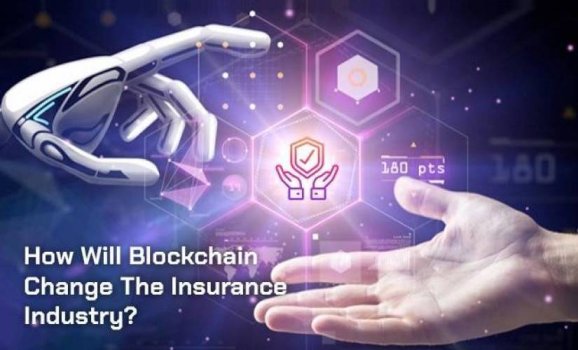How can tech companies honor the spirit of Women's Equality Day?
- Diversity, Equity & Inclusion
- 0 Replies
Women's Equality Day's first observance on Aug. 26, 1973, commemorated a 20th-century milestone in women's rights: Legal recognition of their right to vote.
Women's Equality Day recognizes the ratification of the 19th Amendment to the U.S. Constitution. That milestone occurred on Aug. 18, 1920.
However, finalizing women's right to vote required a man, U.S. Secretary of State Bainbridge Colby, to certify the change by signing one last document. He carried out this duty in his home without fanfare on August 26, 1920.
More than 50 years later, then-U.S. Rep. Bella Abzug of New York led the initiative to formally recognize this historic moment by designating August 26 as Women's Equality Day. The measure became law in 1973, and the observance continues annually on Aug. 26.
Continue reading for insight and ideas on how tech companies can honor the spirit of Women's Equality Day.
A snapshot of women in America's new normal
More women than men live in the U.S. Nearly 51% of America's approximately 331 million residents were women in 2021, according to U.S. Census data. And 57.4% of women were in the labor force in 2019, according to the U.S. Bureau of Labor Statistics (BLS), as compared to 69.2% of men that same year.
American women are still recovering from jobs lost during the pandemic. Women held 100,000 fewer jobs in July than in February 2020, according to an analysis of BLS employment data by the National Women's Law Center. Men held 132,000 more net jobs during the same time frame.
In addition, the law center's report notes that many women, "especially those with caregiving responsibilities, disproportionately shifted from full-time to part-time work during the pandemic."
Continue reading: https://www.zdnet.com/education/business-management/womens-equality-day/
Women's Equality Day recognizes the ratification of the 19th Amendment to the U.S. Constitution. That milestone occurred on Aug. 18, 1920.
However, finalizing women's right to vote required a man, U.S. Secretary of State Bainbridge Colby, to certify the change by signing one last document. He carried out this duty in his home without fanfare on August 26, 1920.
More than 50 years later, then-U.S. Rep. Bella Abzug of New York led the initiative to formally recognize this historic moment by designating August 26 as Women's Equality Day. The measure became law in 1973, and the observance continues annually on Aug. 26.
Continue reading for insight and ideas on how tech companies can honor the spirit of Women's Equality Day.
A snapshot of women in America's new normal
More women than men live in the U.S. Nearly 51% of America's approximately 331 million residents were women in 2021, according to U.S. Census data. And 57.4% of women were in the labor force in 2019, according to the U.S. Bureau of Labor Statistics (BLS), as compared to 69.2% of men that same year.
American women are still recovering from jobs lost during the pandemic. Women held 100,000 fewer jobs in July than in February 2020, according to an analysis of BLS employment data by the National Women's Law Center. Men held 132,000 more net jobs during the same time frame.
In addition, the law center's report notes that many women, "especially those with caregiving responsibilities, disproportionately shifted from full-time to part-time work during the pandemic."
Continue reading: https://www.zdnet.com/education/business-management/womens-equality-day/






















